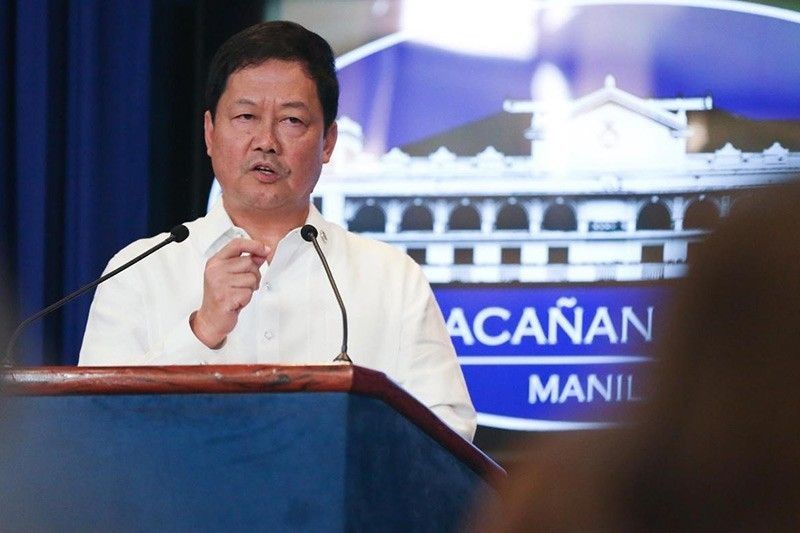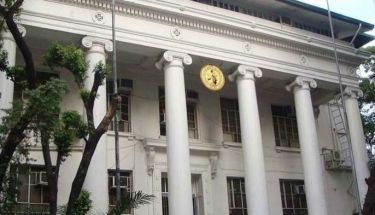Dry runs set on 10% capacity for religious services

MANILA, Philippines — Some places of worship in general community quarantine (GCQ) areas have been selected to hold dry runs on filling 10 percent of their seating capacity to assess if they could properly implement health protocols.
“There will be pilot dry runs in a few selected churches, mosques, temples, etc. until July 10. Thereafter, 10 percent attendance in all religious worships in GCQ areas will begin. In (modified GCQ) MGCQ areas, 50 percent attendance has been allowed since July 1,” Justice Secretary Menardo Guevarra said yesterday.
Previously, the government only permitted to accommodate a maximum of 10 persons to attend masses or religious gatherings in Metro Manila, which is still under GCQ.
But the Inter-Agency Task Force for the Management of Emerging Infectious Diseases (IATF) granted the request of some religious leaders to allow more participants in religious activities. Earlier reports said a priest and some church workers were found positive of the coronavirus disease.
Guevarra said, “The purpose of allowing up to 10 percent attendance in religious worship gatherings in GCQ areas, apart from heeding the clamor of the churches and their faithful, is to provide an opportunity to the various religious congregations to test the effectiveness of their health protocols prior to de-escalation to MGCQ, where 50 percent attendance is permitted.”
“But this is without prejudice to the discretion of the churches and religious congregations to voluntarily suspend worship activities at any time should there be any visible threat of COVID-19 transmission,” he added.
The Minor Basilica of the Black Nazarene, more popularly known as the Quiapo Church, was among those that announced a temporary lockdown from June 19 to July 4 after learning that a priest from Mindanao, who stayed with them for a few days, was found positive of the virus. It was also one of the churches that took part in the dry run yesterday.
Quiapo Church parochial vicar Fr. Douglas Badong reported that as of yesterday morning, parishioners have been following regulations and health protocols, such as physical distancing.
“The people have shown discipline. They understand that they need to wait in line if they want to hear mass inside the church because only 10 percent is allowed, so that is only 100 persons since we have a seating capacity of 1,000,” said Badong.
He added that disinfection is done after every mass, held daily at 5 a.m., 6 a.m., 12:15 p.m., 3 p.m. and 4 p.m. During holy communion, parishioners no longer have to leave their seats and fall in line to receive the host, to observe physical distancing.
Their security personnel and church office staff are doubling efforts to make sure that health regulations are being followed by parishioners. The Manila policemen assigned in Plaza Miranda have also been assisting them since there are some parishioners who watch the masses from the screens placed outside Quiapo Church.
Since a bigger crowd is expected on Fridays, Badong said they “will have to prepare for that, on how we would accommodate and assist the crowd. We have not yet discussed if we would add more masses.”
- Latest
- Trending





























